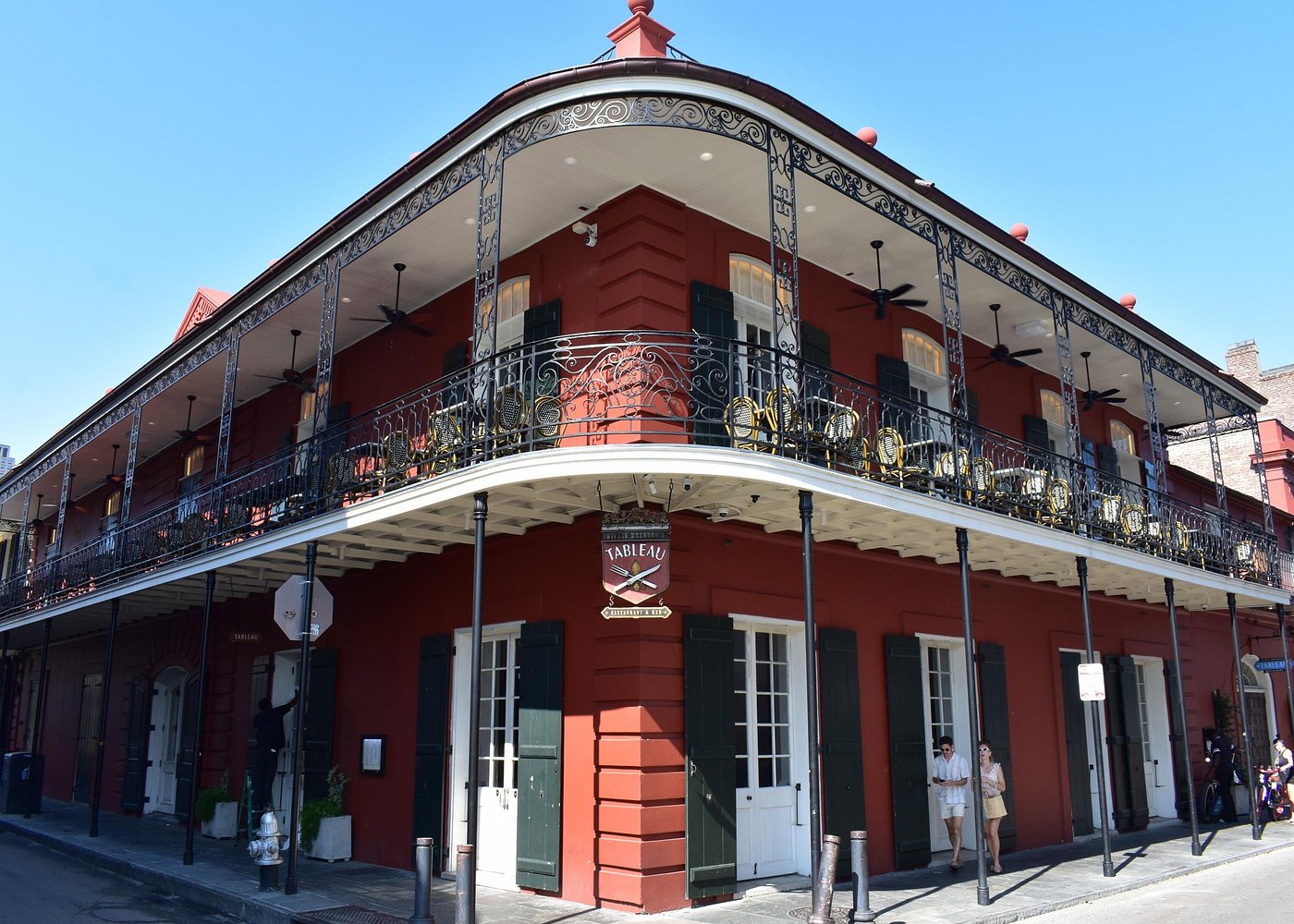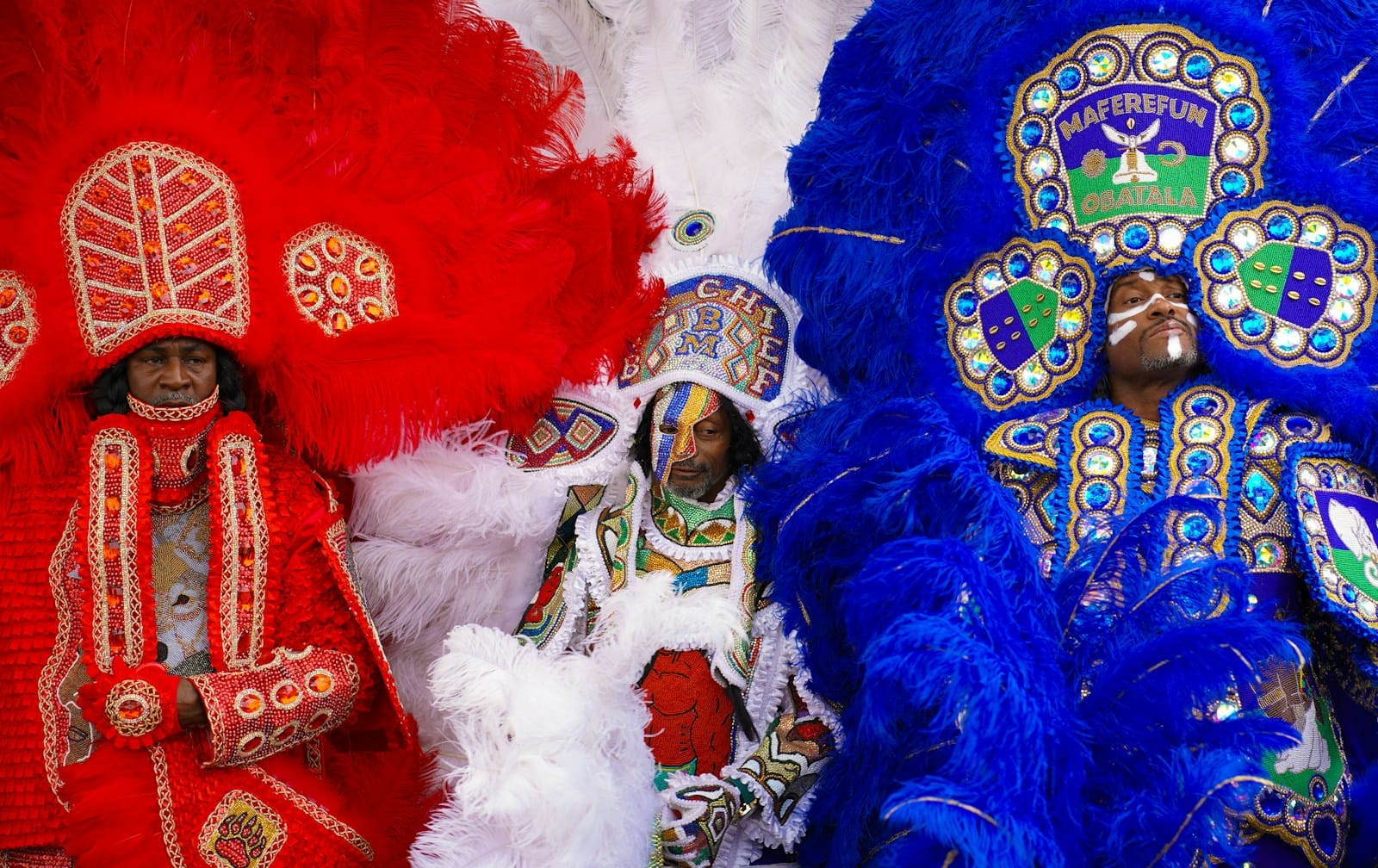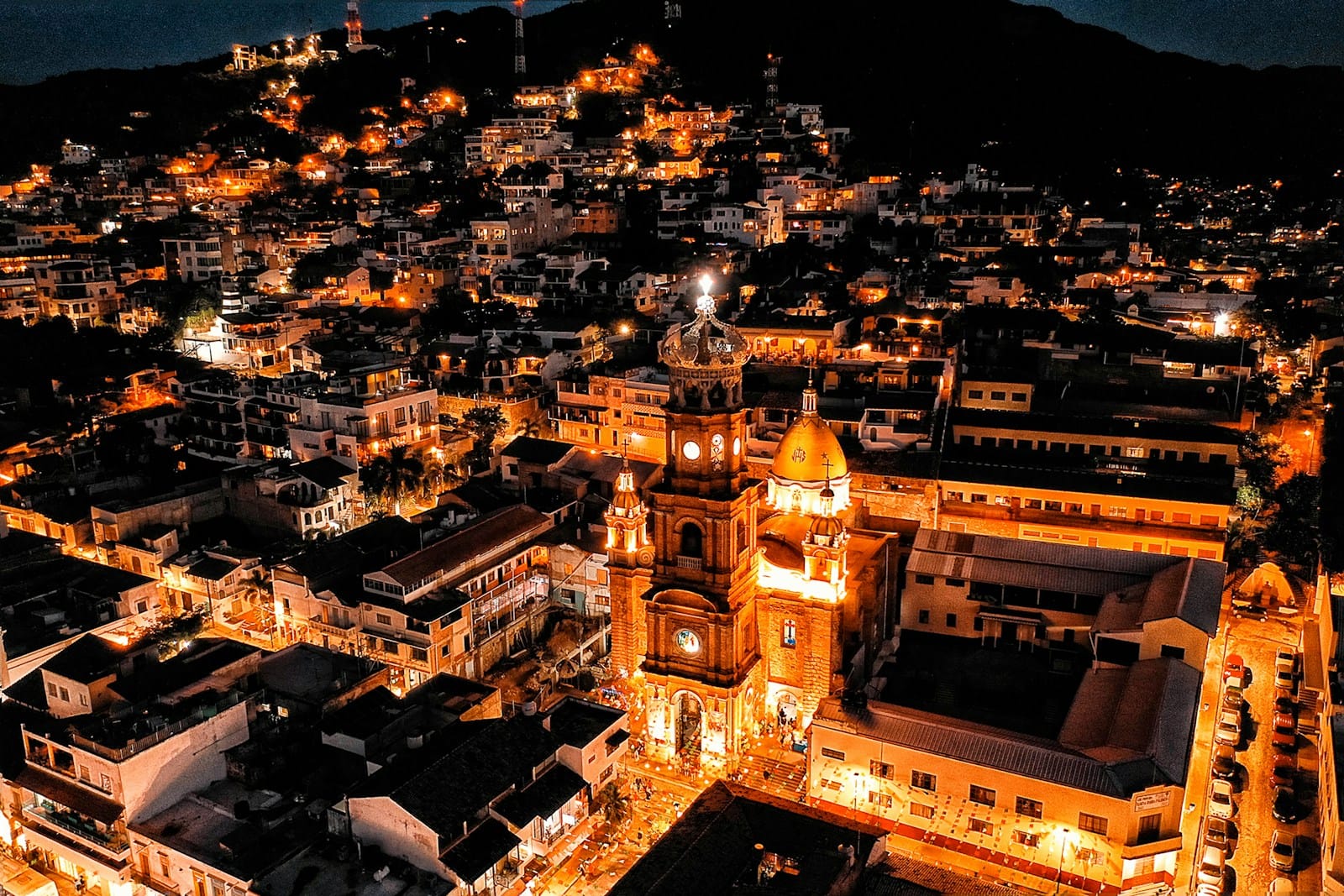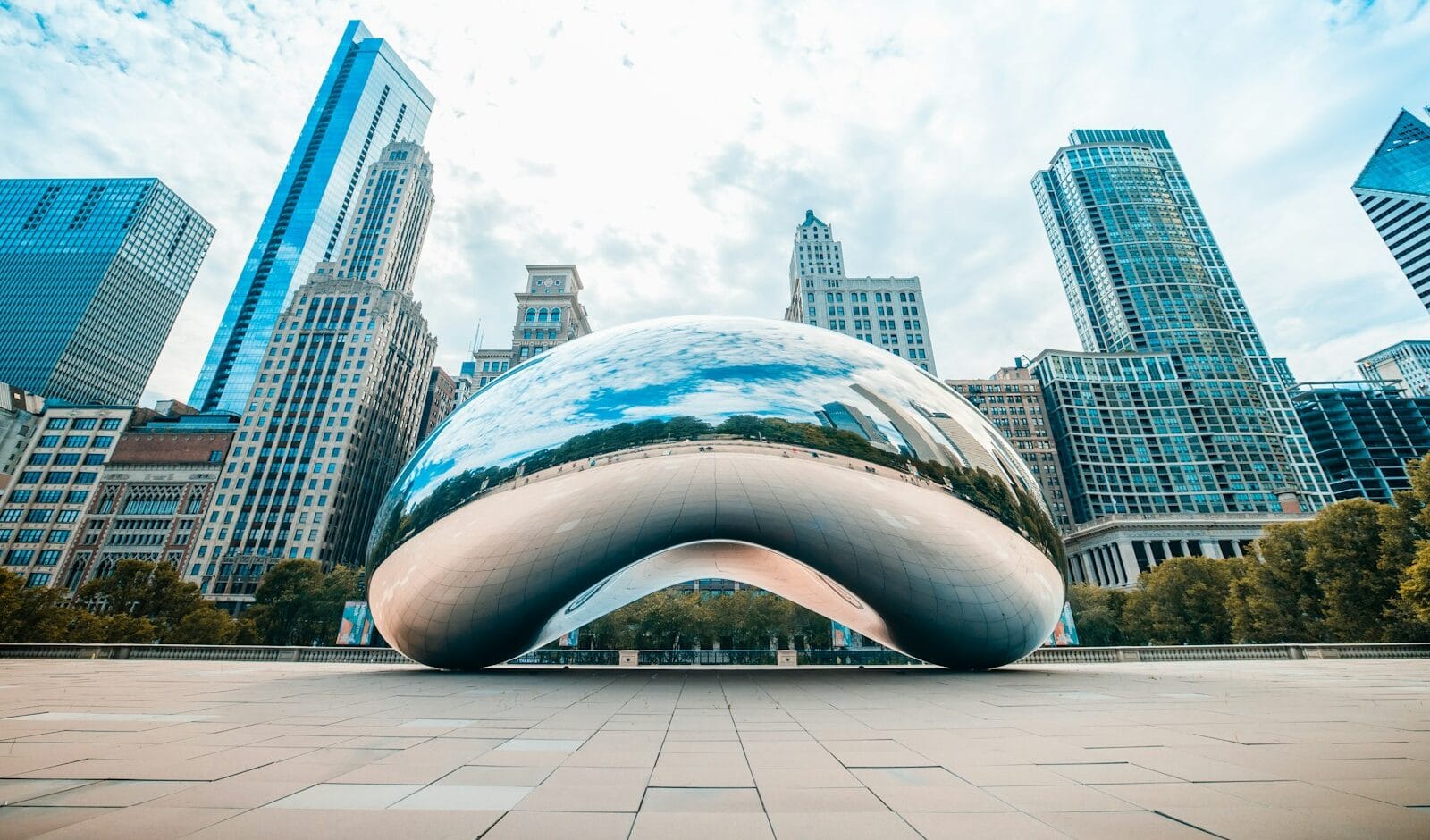New Orleans Travel Guide: Culture, Cuisine & Crescent City Charm
Where jazz fills the air, history whispers through the streets, and flavor runs deep.
New Orleans isn’t just a city — it’s a rhythm, a mood, a celebration. It’s where Creole and Cajun traditions blend with French, Spanish, and African roots to form one of the most culturally rich cities in the world. From second-line parades and Mardi Gras magic to po’boys, brass bands, and ghost stories, New Orleans offers nonstop sensory adventure.
Start planning with curated New Orleans tours and explore all it has to offer — from haunted alleyways and riverfront steamboats to world-class jazz and soul-healing cuisine.
💡Quick Facts:
Continent: North America
Country: United States (City)
State: Louisiana
City: New Orleans
Area: 906 km² (350 mi²)
Population: ~370,000 (2024 estimate)
Density: ~410 people per km²
Capital: N/A (capital of Louisiana is Baton Rouge)
Regions/Subregions: Located in southeastern Louisiana along the Mississippi River delta; part of Orleans Parish
Language(s): English (primary); French, Louisiana Creole, and Spanish spoken in some communities
Currency: U.S. Dollar (USD)
Time Zone(s): Central Standard Time (UTC -6); Daylight Saving Time observed (UTC -5)
Airports:
– Louis Armstrong New Orleans International Airport (MSY) – ~15 miles from downtown
– Lakefront Airport (NEW) – general aviation and charter services
Climate: Humid subtropical; hot, humid summers and mild winters; hurricane season runs June to November
Known For: Jazz music, Mardi Gras, Creole and Cajun cuisine, French Quarter, voodoo culture, architecture, and nightlife
🛂Arrival Info:
– U.S. citizens do not need a passport for domestic travel
– International visitors must follow U.S. visa or ESTA entry requirements
– U.S. Entry Requirements
💉Health Info:
– Routine vaccinations (MMR, Tdap, flu) recommended
– No specific travel vaccines required for New Orleans
– High humidity may affect respiratory conditions; stay hydrated in summer
– Top hospitals include Ochsner Medical Center and Tulane Medical Center
Travel health updates — get coverage here
Stay Informed with Official Updates: World Health Organization – International Travel and Health | Centers for Disease Control and Prevention – Global Travel Health
🚨Travel Advisory:
– Exercise normal precautions; petty theft and occasional violent crime in certain neighborhoods
– Take extra care during festivals and crowded events
Stay Informed with Official Updates: US Travel Advisory | UK Foreign Travel Advice
📅Holidays:
– Follows all U.S. federal holidays
– Local events and celebrations:
– Mardi Gras (Feb–Mar, date varies annually)
– Jazz & Heritage Festival (late April–early May)
– French Quarter Fest (April)
– Essence Festival (July)
💰Money Matters:
Currency: U.S. Dollar (USD)
– Credit/debit cards widely accepted; contactless and mobile pay common
– Tipping expected: 15–20% in restaurants, $1–2 per drink or service
– Tax-free shopping for international visitors at select retailers (via Louisiana’s tax-free program)
✈️Airports:
– Louis Armstrong New Orleans International Airport (MSY): Major airport with domestic and limited international routes
– Ground transport: taxis, rideshares (Uber/Lyft), shuttles, rental cars
🚍Transport:
– Walkable city center, especially the French Quarter
– Public transport: New Orleans RTA streetcars and buses
– Ferries cross the Mississippi to Algiers Point
– Car rentals useful for exploring nearby swamps or plantations
📶Connectivity:
– Strong mobile coverage throughout the city
– Free Wi-Fi in hotels, airports, and select public areas
– Major providers: Verizon, AT&T, T-Mobile
– eSIMs and prepaid SIMs available at airport and mobile retailers
📜Laws & Etiquette:
– Legal drinking age: 21; alcohol is legal in public with open container (in plastic cup only)
– LGBTQ+ friendly with vibrant nightlife and events
– Smoking banned inside bars, restaurants, and public venues
– Casual but respectful dress expected at religious and historical sites
🛡️Emergency Info:
– Emergency: 911
– Non-emergency police: (504) 821-2222
– Major hospitals: Ochsner Health, Tulane Medical Center
🌦️Weather:
– Best time to visit: February–May (cool, festive, and dry), and October–November (pleasant fall temperatures)
– Summers (June–August): Hot, humid, and frequent thunderstorms
– Hurricane season: June–November; monitor weather alerts
Weather Forecast
Top Places to Visit in New Orleans
Each neighborhood is a world of its own, packed with character, cuisine, and culture.
French Quarter
The city’s most iconic district pulses with wrought-iron balconies, jazz clubs, voodoo shops, and hidden courtyards. Bourbon Street is wild, but don’t miss Royal Street for art and antique stores, or Jackson Square for street performers and local painters.
Garden District
Step into Southern elegance with oak-lined streets, antebellum mansions, and celebrity-owned homes. Magazine Street is perfect for boutique shopping, while Commander’s Palace offers a quintessential Creole dining experience.
Marigny & Bywater
Bohemian, artsy, and full of color, these adjacent neighborhoods are where locals go for live music, craft cocktails, and Sunday drag brunches. Frenchmen Street is your jazz HQ.
Treme
The oldest African American neighborhood in the U.S. and a cradle of jazz culture. Visit Louis Armstrong Park and the Backstreet Cultural Museum for insight into Mardi Gras Indians and second-line traditions.
Uptown & Audubon
A quieter side of the city with historic homes, the St. Charles streetcar line, Audubon Park, and one of the nation’s top-ranked zoos.
Mid-City & City Park
Ride a bike through mossy oaks, explore the New Orleans Museum of Art, or kayak Bayou St. John. It’s a favorite for festivals like Voodoo and Jazz in the Park.

A historic plaza surrounded by street performers, artists, and landmarks like St. Louis Cathedral. Great for people-watching and soaking up colonial history.

America’s oldest public market where you’ll find everything from souvenirs and spices to local delicacies like crawfish and pralines.

One of the best museums in the country, offering immersive exhibits and powerful storytelling.

A legendary music venue where you can hear authentic live jazz in an intimate setting.
City Park & New Orleans Museum of Art

Larger than Central Park, with sprawling oaks, a sculpture garden, and a world-class art museum.
How to Choose Where to Stay in New Orleans
Pick a base that matches your vibe, from rowdy reveler to peaceful stroller.
- For First-Time Visitors: Stay in the French Quarter or nearby Central Business District for walkability to iconic sites, nightlife, and restaurants.
- For Arts & Music Lovers: Marigny and Bywater deliver on color, character, and constant music — especially on Frenchmen Street.
- For a Quieter Experience: Garden District or Uptown offers leafy streets, boutique hotels, and easy access via streetcar.
- For Festivalgoers: Mid-City is ideal during Jazz Fest and has fast access to City Park, cemeteries, and breweries.
- For History Buffs: Treme and Esplanade Ridge offer access to museums, cultural centers, and jazz history without the French Quarter crowds.
Natural Escapes & Urban Greenery
There’s more to New Orleans than nightlife — it’s full of wild bayous and leafy retreats.
City Park
One of the largest urban parks in the U.S., City Park features ancient oak trees, paddle boats, botanical gardens, and the New Orleans Museum of Art.
Bayou St. John
Rent a kayak or paddleboard and float through one of the city’s oldest waterways, once used by Native Americans and French settlers.
Audubon Park
Ideal for jogging, picnics, and bike rides under massive live oaks. It’s also home to the Audubon Zoo and the Fly, a riverfront park popular with locals.
Crescent Park
This revitalized stretch along the Mississippi River offers skyline views, walking paths, and a direct link between the Bywater and the French Quarter.
Jean Lafitte National Historical Park & Preserve
A short drive from downtown, this swampy wonderland offers trails, alligator sightings, and ranger-led bayou tours through Louisiana’s wetlands.
Cultural & Historic Landmarks
New Orleans wears its history proudly — from colonial streets to sacred cemeteries.
- St. Louis Cathedral
Towering over Jackson Square, this triple-spired cathedral is the oldest continuously active Roman Catholic church in the U.S. - The Cabildo & Presbytère
Two iconic Spanish colonial buildings flanking the cathedral, home to Louisiana’s most compelling history exhibits. - The Historic Voodoo Museum
Explore New Orleans’ spiritual underworld — learn the truth behind voodoo myths and meet real-life practitioners. - St. Louis Cemetery No. 1
The most famous of New Orleans’ above-ground cemeteries. See the tomb of Voodoo Queen Marie Laveau, and consider a guided tour — access is now limited. - Faulkner House Books
Tucked away in Pirate’s Alley, this was the former residence of William Faulkner and remains one of the city’s most beloved indie bookstores. - Backstreet Cultural Museum
A treasure trove of Mardi Gras Indian suits, second-line traditions, and Black cultural history, located in the heart of Treme. - WWII Museum
America’s top-rated military museum spans multiple blocks and offers immersive exhibits, personal narratives, and unforgettable storytelling.
Local Food, Drinks & Markets
New Orleans is one of the top food cities in the world — bold, soulful, and proudly unpretentious.
Beignets & Café au Lait
A powdered-sugar classic. Grab yours from Café du Monde or Morning Call, best enjoyed riverside or under the oaks.
Po’boys & Muffulettas
Try fried shrimp po’boys from Domilise’s or Parasol’s, or grab a muffuletta stuffed with olive salad and meats from Central Grocery.
Gumbo & Étouffée
These deep, roux-based dishes are staples of Louisiana kitchens. Best enjoyed at Dooky Chase’s, Li’l Dizzy’s, or Gumbo Shop.
Jambalaya, Red Beans & Rice
Slow-cooked comfort. Available at local diners, bars, and family-run spots like Willie Mae’s Scotch House and Coop’s Place.
Craft Cocktails & Classic Drinks
Order a Sazerac (America’s first cocktail) from Carousel Bar, or try a Vieux Carré from French 75 Bar. For tiki or mezcal, head to Bar Marilou or Bacchanal Wine.
Local Markets
- French Market – A historic mix of food stalls, souvenirs, and live music.
- St. Roch Market – Upscale food hall with everything from Haitian plates to oysters.
- Bywater Art Market – A Sunday favorite for vintage, vinyl, and funky art pieces.
Must-See Experiences in New Orleans
These unforgettable moments capture the true spirit of the Crescent City.
Join a Second Line Parade
A brass band leads, locals follow — dancing, sweating, celebrating life. Find one on Sundays in Treme or after a wedding or festival.
Take a Ghost or Voodoo Tour
Explore haunted mansions, graveyards, and tales of Marie Laveau on a guided night walk. History, mystery, and myth all rolled into one.
Cruise the Mississippi River
Ride an old-fashioned steamboat like the Natchez and soak in views, jazz bands, and river legends.
Ride the St. Charles Streetcar
New Orleans’ oldest streetcar line runs past mansions, oak trees, and historic universities — a relaxing, iconic ride.
Experience Mardi Gras (or a Mini Version)
The ultimate party peaks in February, but you can enjoy Mardi Gras World or catch a smaller krewe parade year-round.
Visit the Music Legends Park
Grab a cocktail, sit by the statues of jazz legends, and enjoy nightly live music just off Bourbon Street — no ticket required.
Explore the Presbytère’s Hurricane Katrina Exhibit
This moving, museum-quality installation combines resilience, memory, and New Orleans’ path to rebirth.
Discover top-rated New Orleans tours and experiences, and explore the best things to do in New Orleans — from haunted history walks and Creole cooking classes to steamboat cruises and French Quarter jazz nights. Book early for exclusive access and flexible cancellation.
Getting Around New Orleans
It’s easy to explore on foot, by streetcar, or bike — with options for every budget.
Streetcars
Ride for $1.25 (or buy a Jazzy Pass) on historic lines like St. Charles, Canal, and Riverfront. Great for sightseeing and commuting.
Biking
New Orleans is flat and increasingly bike-friendly. Rent from Blue Bikes or local shops and explore trails like the Lafitte Greenway.
Walking
Many neighborhoods are best explored on foot. French Quarter, Marigny, and the Garden District are compact and scenic.
Rideshare & Taxis
Uber and Lyft are widely available. Taxis are common at airports and hotels but less so on the street.
Public Buses
The RTA operates across the city, though service is infrequent outside major corridors.
Driving
Not recommended in the Quarter or Marigny due to tight streets and expensive parking. Rent a car only for day trips beyond the city.
Best Time to Visit New Orleans
Every season offers something different — from festival fever to quiet river walks.
Spring (March–May)
Peak festival season: French Quarter Fest, Jazz Fest, and pleasant weather. Expect crowds and higher prices — but it’s worth it.
Summer (June–August)
Hot, humid, and steamy — but fewer tourists and great hotel deals. Time your visit around Satchmo SummerFest or cooling cocktails at Tales of the Cocktail.
Fall (September–November)
Still warm but less humid. Voodoo Fest, Halloween parades, and Southern Decadence offer big-city energy without spring crowds.
Winter (December–February)
Chilly but festive. Holiday lights in City Park, cozy jazz clubs, and the start of Carnival season — leading into Mardi Gras in late Feb or early March.
Best Travel Itineraries in New Orleans
Mix music, museums, and marshlands with these flexible routes.
3-Day Classic Explorer
French Quarter → Garden District → Steamboat Cruise → Ghost Tour
Perfect for first-timers and culture lovers.
5-Day Deep Dive
Add: Treme → Bywater → WWII Museum → Kayak Bayou St. John → Food Tour
For travelers wanting both culture and nature.
7-Day Culture & Coast Combo
Add: Jean Lafitte swamp tour → Plantation drive → Day trip to Bay St. Louis or Grand Isle
Best for history buffs and beach-seekers.
Travel Cost in New Orleans
Affordable options abound, though high seasons push prices up.
Budget Travelers:
– Hostels from $35/night (try India House or Auberge)
– Po’boys, jambalaya, and food trucks under $10
– Streetcars and walking for transit
– Free concerts, parks, parades
Mid-Range:
– Hotels average $120–250/night
– Dining ranges $15–30/meal
– Entry to most museums: $5–25
– Many walking tours under $25
Luxury Travelers:
– Boutique hotels: $300+
– Private carriage rides, chef tastings, VIP jazz lounges
– High-end Creole restaurants and rooftop bars
Travel Safety & Etiquette in New Orleans
It’s safe for visitors who stay alert and respect the city’s rhythms.
– Avoid walking alone late at night outside tourist areas
– Keep your belongings close during parades and festivals
– Be respectful at cemeteries, voodoo shops, and spiritual sites
– Tip generously (18–20% is standard in restaurants and bars)
– Don’t drink outside unless in designated areas (French Quarter only)
– Participate in parades respectfully — but don’t touch costumes or performers
Nearby Destinations to Explore
Add variety to your trip with these regional extensions:
- Baton Rouge
Just 90 minutes away, Louisiana’s capital has political history, riverfront museums, and Southern cuisine with a college-town vibe. - Lafayette
Known as the heart of Cajun country — visit for zydeco music, spicy food, and swamp tours in the Atchafalaya Basin. - Bay St. Louis, Mississippi
A charming Gulf Coast town with art galleries, casinos, and beach walks — only 1.5 hours by car. - Plantation Country (River Road)
Visit historic sugar plantations like Oak Alley, Laura, Destrehan, and Whitney. Oak Alley stuns with antebellum grandeur, Laura offers Creole heritage with in-depth storytelling, Whitney centers the enslaved experience with powerful exhibits, and Destrehan showcases early Louisiana history along the Mississippi River.
Final Planning Checklist for New Orleans
– Book Mardi Gras accommodations 6+ months in advance
– Try at least one guided food or music tour
– Bring light clothes for heat, a raincoat for sudden showers
– Use earplugs if staying near Bourbon Street
– Download a parade tracker if visiting during Carnival season
– Taste both gumbo styles: Cajun and Creole
– Plan a mix of outdoor walks and indoor museum days
– Always carry cash for bars, street performers, and tips
– Respect every neighborhood’s culture — from Treme to Bywater
For more expert travel tips, practical strategies, and trusted tools — visit our Homepage and get inspired for your next trip.










